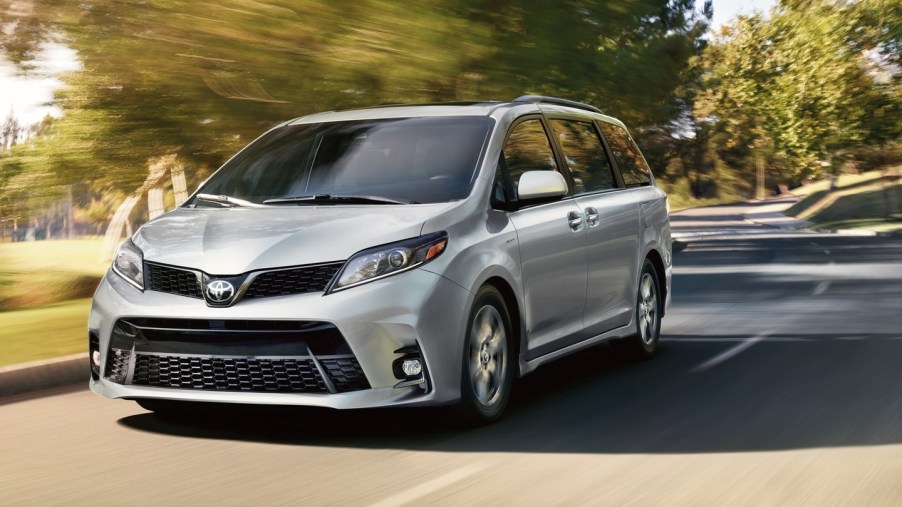
Are There Child Safety Seat Laws?
Peace of mind is not always an easy thing to come by. One notion that can bring that feeling to parents across the country is simply the knowledge that their children are safe.
The Department of Health and Human Services is very clear about its child safety seat recommendations. Car seats, when installed properly and fit correctly to the child, are a game-changer for the safety of child passengers.
Does my child have to be in a safety seat?
The answer to this question is a resounding yes. According to the American Academy of Pediatrics, motor vehicle crashes continue to be the leading cause of death for children 4 years and older. Their website provides an evidence-based article describing the importance of child safety seat best practices.
The national recommendation uses four phases to define the varying stages of child safety seats. There are concise guidelines for how to safely secure your child in a moving vehicle.
If you ever transport child passengers in your vehicle, it is a great idea to be proactive about learning the rules and regulations for driving with children. Especially with precious cargo. This is a quick guide to the four phases regarding child safety seats.
Phase 1: rear-facing car seat.
The national recommendation is that drivers use a rear-facing car seat for children from birth all the way up to at least age two. Some children should remain in the rear-facing position for even longer –– up to four years old, sometimes older. It all depends on the weight and height of the child.
To ensure that you are using the best possible protection, every infant and toddler should be buckled in a rear-facing car seat, in the back seat. They should remain so until they reach the maximum weight and height limits of their car seat.
Each car seat has its own weight and height specifications, so it’s important to check the seat’s manual. Often, there is also a label on the seat that states the weight and height limits.
Phase 2: forward-facing.
As children grow, they move up through the phases of national safety recommendations. When a child outgrows the rear-facing safety seat, they should ride in a forward-facing safety seat as long as possible.
Parents are advised to keep children in a forward-facing car seat until they reach the upper height or weight limit of the harnesses. A properly installed forward-facing in the back seat requires the use of a top tether that is anchored behind the seat. National recommendation advises to NEVER turn forward-facing before your child meets every age, height, and weight requirements given by the safety seat manufacturer.
Phase 3: booster seats.
Once your child is big enough to graduate from the forward-facing car seat with a harness, they can be moved to a booster seat. This is largely depending upon maturity, as the child must be trusted not to unbuckle the seatbelt, as well as keep the straps in proper position over the chest.
They should remain in the back seat. Children may safely ride in a booster seat with the adult lap and shoulder belt. They should not ride without a booster until the adult safety belt fits them.
Phase 4: adult safety belts.
When a child outgrows their booster seat, they can then use the adult seatbelt as long as it fits them properly according to the vehicle manufacturer’s instructions.
A proper fit in an adult seat belt means the lap belt is lying snugly across the upper thighs, and not the stomach. Ensure that the belt is not lying across the neck or face and that it is correctly in place over the shoulder and chest. Also, don’t forget that children should remain in the back seat as long as possible.
Peace of Mind
As you drive down the road, you glance at your children sleeping in their car seats. It’s good to know that you are doing everything you can to keep your child passengers –– and all other passengers –– as safe as possible.



